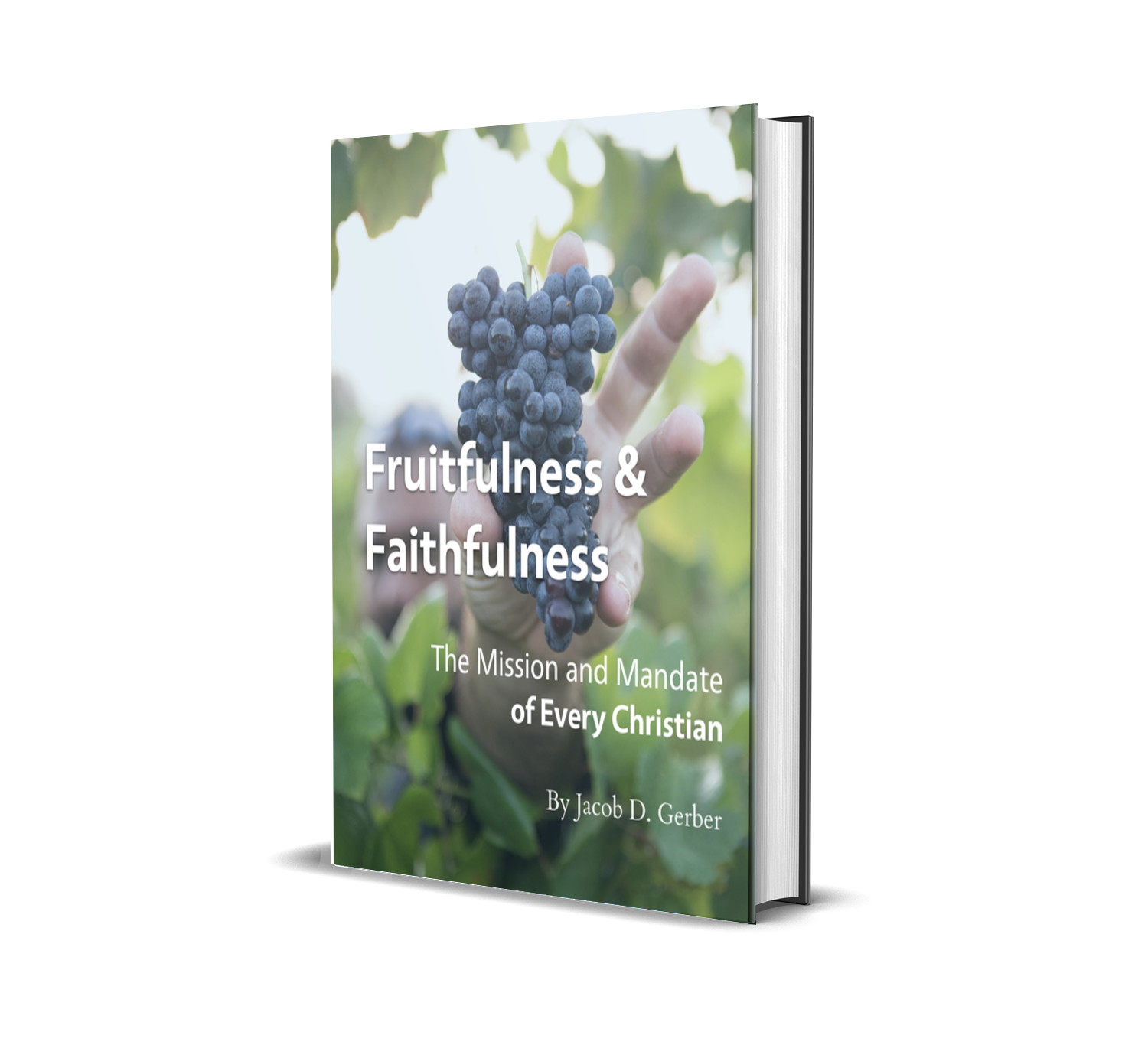Baptism: Part 2 (Discipleship Training)
Or, read my introductory post on discipleship training here.
Baptism: Part 2: In the last section, we gained an overview of the sacrament of baptism. In this section, we will go a bit deeper into baptism to address the question of infant baptism. Or, better, we will try to understand the covenantal nature of baptism, and the relationship of baptism to the visible church of all those who profess faith in Jesus Christ, along with their children.
Throughout all of salvation history, God does not make covenants with every individual, as an individual, but with his people, along with their children. This does not mean that everyone born to a believer will be saved, but simply that the children of believers are born with special privileges and special responsibilities.
The children of even one believing parent is holy (1 Cor. 7:14), and on the basis of that holiness, we baptize them. Sometimes people argue that the covenantal holiness of the children of believers was something for the old covenant only, but, in fact, the New Testament makes stronger promises to the children of believers than the Old Testament did.
Training Objective
To understand the covenantal nature of baptism, and why we baptize infants.
Scripture
Read and discuss:
- Genesis 15:6; Ephesians 2:8–9: In both the Old Testament and the New Testament, God’s people were saved by grace alone, through faith alone.
- Deuteronomy 10:16; 30:6; Romans 2:28–29: Circumcision (the sign and seal of the covenant of grace in the Old Testament) was not ultimately about what is outward and physical, but a spiritual matter of the heart.
- Romans 4:9–12: The sign of circumcision was a seal that confirmed the truthfulness of God’s promises, which were that righteousness would come by faith. But, while Abraham received a “believer’s circumcision” (saved in Gen. 15:6, and circumcised after, in Gen. 17:23), God instructed Abraham to put that sign and seal of God’s gospel promises on all Abraham’s offspring after him.
- Colossians 2:11–12: What circumcision represented to God’s people in the Old Testament, baptism now represents to God’s people in the New Testament. Both are signs and seals of the single covenant of grace, but administered differently in the Old and New Testaments in order to prepare the way for the coming work of the Messiah, and then to symbolize the finished work of the Messiah, respectively.
- Philippians 3:3: We still need circumcision—but spiritual circumcision, not physical circumcision.
- Matthew 28:19: Christ commands us not to circumcise, but to baptize.
- Ephesians 2:11–12: The children of believers are very different from the Gentiles, who were covenant strangers.
- Acts 2:38–39: Rather, the promise of the gospel is for the children of believers.
- 1 Corinthians 7:14: Unbelieving children are holy on the basis of even one believing parent. Baptism does not make the children holy; we baptize on the basis of this covenantal holiness.
Doctrine
Read and discuss:
- Westminster Confession of Faith, ch. 28.4–7
- Westminster Larger Catechism, #30–35, 62–63; 166–167; 177
Discussion Questions
- How is the single covenant of grace administered differently in the Old Testament than in the New Testament?
- How is the single covenant of grace the same in both the Old Testament and the New Testament?
- How is circumcision different from baptism?
- How is circumcision the same as baptism?
Application
- Baptize your children. God makes special promises to the children of believers, and baptism both symbolizes and seals (e.g., confirms the reality of) those promises.
- Pray for the salvation of your children. The promises are true that righteousness will come through faith. Nevertheless, our children will only come to salvation by believing on Christ personally.
- Catechize your children. Your children are not outside the covenant until they enter it. Rather, they are born inside the covenant, with the goal that they would never remember a day when they did not know Jesus. The alternative is that they become covenant breakers who depart from their special privileges and responsibilities. Teach your children to know and love Christ all the days of their lives.
FREE eBook: Fruitfulness and Faithfulness: God’s Mission and Mandate of Every Christian
Grow in God’s Plan for Your Fruitfulness and Faithfulness

Invest Your Life Well
Discover God’s breathtaking vision for the fruitfulness of his people.
Learn how to live fruitfully and faithfully in the kingdom of Jesus.
Download the free eBook now.




